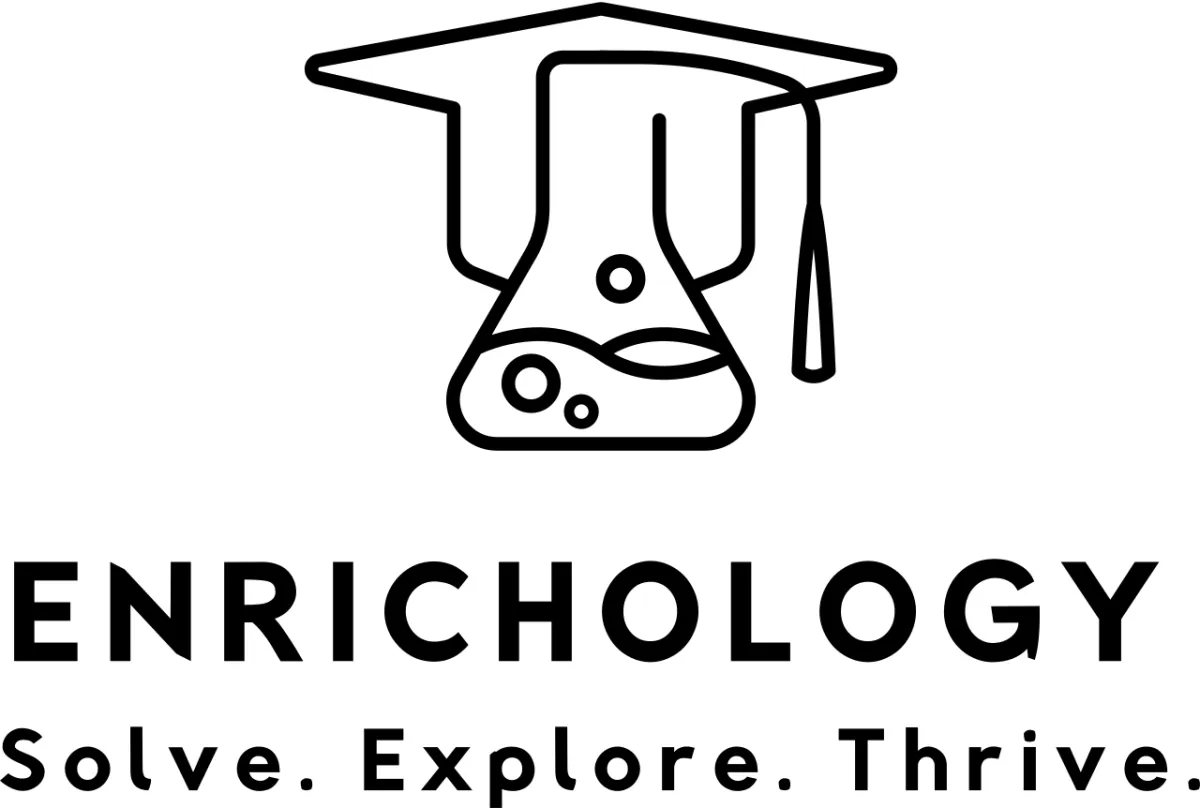
From “Oops” to “Aha!”: How Does Failure Lead to Success in Learning
Let's be real. Nobody likes to fail. It's frustrating. It can make you feel bad about yourself. Sometimes, it even makes you want to quit. But how does failure lead to success? Surprisingly, failing can be one of the most important parts of learning—especially in math and science.
Many parents see their child with ADHD struggling in school. They don't want their child to fail more. As a teacher with 14 years of experience and someone who has ADHD, I get it. Students with ADHD often have trouble focusing, staying organized, and not acting impulsively. And let’s not even talk about homework (which…I now see the benefits of but with caveats). School can be tough. But here's the thing: failing, when done right, can actually help you learn and grow.
Think about it like this. How many people win a video game the first time they play? (Okay, maybe a few, but most of us don't!) Our favorite video game hero, like Mario, often falls into a trap. He gets eaten by a monster. Or he runs out of time to finish a level. But then what happens? Aha! He comes back, and he can try again! We know we'll get another chance. We know there's a way to win. We just need to keep trying. But when we struggle with a math problem, we don't always think the same way. We see the problem, and we feel like we've already lost.
The Science of Learning from Mistakes
Our brains are amazing. Every time we make a mistake, our brains change and get stronger! This is called neuroplasticity. It's how our brains learn and get better. For students with ADHD, mistakes can be really helpful. They make things interesting and challenging. This can help them focus.
But there's even more! Scientists have found that making mistakes makes our brains react in a special way. When we mess up, our brains send a signal. It's like a "whoops!" signal. It tells our brains to pay more attention. This helps us learn better.
And guess what? Fixing mistakes can also give our brains a reward. This reward makes us feel good and helps us remember the right answer. So, making mistakes and then fixing them helps us learn even better.
Turning "Oops" into "Aha!"
We want to help students turn those "oops" moments into "aha!" moments. Here's how:
Ask questions – Help students find the answers themselves by asking questions. This helps them think critically and understand things better.
Let students take charge – Let students be in charge of their own learning. They learn to see mistakes as chances to grow. This makes them feel more confident and motivated.
Do projects – Let students learn by doing. This lets them make mistakes and learn from them in a safe way.
Connect to real life – Connect what students are learning to things they like, like video games. This makes learning more fun and interesting.
Bouncing Back and Growing
One of the most important things students can learn is how to bounce back from mistakes. This is called resilience. It's super important for students with ADHD. They may feel more frustrated or discouraged. A growth mindset is key to resilience. It's believing that you can get better at things if you work hard.
Here's how you can help your child develop a growth mindset:
Encourage effort, not perfection – Focus on the process of learning, not just the grade.
Focus on progress – Celebrate small wins and see how much your child is improving.
Celebrate mistakes – Help your child see mistakes as chances to learn, not as failures.
Show them how it's done – Talk about your own mistakes and how you learned from them.
Think about those video games. Each time Mario faces a challenge, he learns something new. He learns where the hidden traps are. He learns how to time those jumps just right. He learns the best way to defeat those pesky Goombas. He doesn't give up just because he failed the first, second, or even tenth time. He keeps trying, adapting, and learning until he reaches the flagpole. That's the kind of resilience we want for our students.
Tutoring and a Growth Mindset
Tutoring sessions should create a safe space where students feel comfortable taking risks and learning from their mistakes. Individualized guidance and feedback are provided. This helps students develop the skills and confidence they need to succeed in math and science.
If you’ve ever wondered how does failure lead to success in your child’s academic journey, tutoring can be the key to unlocking their full potential. By embracing mistakes and fostering resilience, students gain confidence and thrive. Schedule a free consultation today, and let’s explore how tutoring can help your child grow and succeed.



